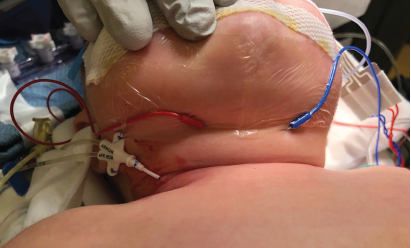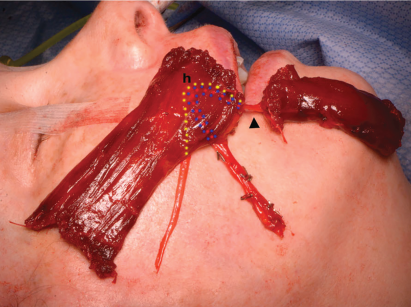
COVID-19 Impacts on Physician Contracts
Despite many being under contract, physicians faced reductions in pay during the COVID-19 pandemic. Here’s what you can do to remedy the situation.

Despite many being under contract, physicians faced reductions in pay during the COVID-19 pandemic. Here’s what you can do to remedy the situation.

The two largest areas of change in the Physician Fee Schedule are those in ambulatory/outpatient evaluation and management (E/M) services and those in payment to providers.

Although vaccinations aren’t usually part of an otolaryngology practice, these physicians heeded the call for help fighting the COVID-19 pandemic.

It’s important for a physician to ask him or herself, “Is it worth the risk to discuss politics with a patient?”

There is evidence that steroid use may be beneficial to improve hearing preservation.

Betahistine is widely used in Europe and the rest of the world in the treatment of Ménière’s disease.

Radiofrequency ablation for benign thyroid nodule has recently gained traction among otolaryngologists for patients seeking a nonsurgical treatment option.

Literature review does not support routine use of tomography (CT) prior to planned primary stapedotomy in patients with adult-onset CHL/MHL.
Postoperative cerebrospinal fluid leak, smoking status, and non-Caucasian ethnicity are associated with significantly increased costs following endoscopic transphenoidal pituitary surgery.
Evidence indicates that the prevalence of olfactory dysfunction in COVID-19 patients is 48.85%.
Current heterogeneity in peritonsillar abscess management includes differences in workup, investigation, and post-discharge analgesic prescription.
Recurrent respiratory papillomatosis continues to decline since the implementation of the HPV vaccination, and advancements show promise in RRP medical management.
A look at the characteristics associated with avoidance of daily activities in patients with chronic rhinosinusitis.
Arytenoid adduction suture placed in the anterior inferior thyroid ala results in the best acoustic, aerodynamic, and voice quality outcomes.

An obstacle to routine utilization of intraoperative nerve monitoring in pediatric surgery is the lack of size-appropriate nerve monitoring devices for the pediatric patient.

One paddle elevates and lateralizes the upper lip and commissure, while the second paddle depresses the lower lip.

More than 200 otolaryngoloyg students did not match this year, many of whom did not have a back-up plan.